Reviewed by Julianne Ngirngir
Picture this: you're scrolling through tech Twitter and see your favorite Pixel-exclusive editing tools now showing up in everyone's Google Photos app. Sound familiar? That's exactly what's happening with Google Photos' biggest redesign yet, and the reactions are… well, let's just say they're split.
What you need to know: • Editor overhaul: Google is rolling out a completely redesigned editing interface next month for Android users • AI everywhere: Pixel 9-exclusive tools like Reimagine and Auto Frame are now available to all users • Mixed bag: The update brings powerful new AI suggestions but moves some familiar controls around
With over 1.5 billion users editing 210 million photos monthly, Google Photos is betting big on AI to simplify photo editing for everyone. But this democratization comes with a strategic twist that's reshaping both user expectations and Google's hardware business model.
Why this redesign is more than just a fresh coat of paint
Google isn't just shuffling buttons around — they're fundamentally changing how you interact with photo editing. The new interface ditches the old double-tiered menu system for something much cleaner, with AI-powered suggestions front and center.
Here's the kicker: the editor now offers "AI Enhance" options that automatically combine multiple effects for quick edits. Think of it as having a smart photo assistant that knows exactly which tools to apply without you having to dig through menus. This represents what TechCrunch calls a "philosophical shift" — moving from manual, menu-driven editing to AI-guided workflows that predict what you want to achieve.
The implications run deeper than interface convenience. By reducing the technical barrier to sophisticated edits, Google's creating a new category of casual editors who might never touch Photoshop but can still produce professional-looking results. This shift mirrors broader industry trends where AI handles complexity while users focus on creative intent rather than technical execution.
The most impressive part? You can now tap specific areas of your photos to get targeted editing suggestions. Circle a person's face, and Google might suggest portrait lighting adjustments. Tap the background, and you'll see blur or replacement options. It's contextual editing that reads your intent and serves up relevant tools instantly.
This contextual approach creates a self-reinforcing learning loop: the more users interact with specific image areas, the better Google's AI becomes at predicting editing intentions. That data feeds back into improving suggestions for millions of other users, creating a competitive moat that grows stronger with scale.
The Pixel features everyone's been wanting (and some owners aren't thrilled)
Remember when Pixel phones were the only way to get Google's most advanced photo editing tools? Those days are officially over. The redesign brings two major Pixel 9 exclusives to everyone: Reimagine and Auto Frame.
Reimagine lets you transform objects and backgrounds using simple text prompts — generative AI that can swap skies, change clothing, or completely reimagine scene elements. Auto Frame goes beyond simple cropping by using AI to suggest different compositions and even fill in blank spaces with generated content.
But here's where Google's strategy gets interesting: while these tools are now available to everyone, there's still a carefully constructed limit. All users get 10 Magic Editor saves per month for free, but power users will need either a Pixel device or a Premium Google One plan (2TB and above) to go beyond that limit.
This isn't just a revenue strategy — it's a sophisticated user acquisition funnel. The 10-save limit is precisely calibrated to let casual users experience the full power of AI editing while creating natural friction that drives conversions. It's the digital equivalent of offering premium samples that create demand for the full experience.
The reaction from the Pixel community has been predictably mixed. While some appreciate democratizing these tools, others are questioning what exactly they're paying premium prices for when Google's most compelling software advantages become widely available. This tension reflects a broader challenge for hardware companies: how do you maintain differentiation when your best features are ultimately software-based?
What's actually changing (and what's staying put)
The visual overhaul is immediately noticeable. Google's moved the basic controls for aspect ratio, flip, and rotate above the image, while the new fullscreen viewer displays date, time, and location info at the top of your screen.
The editing tabs now break down into cleaner categories: Auto (with Enhance, Dynamic, and AI Enhance options), followed by Lighting, Color, and Composition sections. It's a more logical flow that should help both beginners and power users find what they need faster while encouraging exploration of advanced features.
One noteworthy addition reflects Google's push toward collaborative photo experiences: QR code sharing for albums is rolling out now. You can generate QR codes that let people nearby instantly view or add photos to your albums — perfect for family gatherings or group events where everyone wants to contribute photos. This seemingly simple feature addresses a real pain point in social photo sharing and positions Google Photos as the hub for group memories rather than just individual storage.
However, change isn't always smooth sailing. Some users are already expressing concerns about Google's tendency to relocate familiar controls. As one Reddit user noted about previous changes: moving frequently-used brightness and shadow sliders behind additional menus makes them "feel worse" and requires "constantly tap[ping] into the settings back and forth." This highlights the ongoing tension between streamlining interfaces for new users while maintaining efficiency for experienced editors.
The bigger picture: where Google Photos is heading
This redesign isn't happening in isolation. Google's been steadily rolling out Material 3 Expressive changes across its apps, and Photos is getting the full treatment. Early code discoveries suggest we'll see heart-shaped cutouts for Memory cards, floating bottom bars, and more vibrant, emotionally engaging design elements that create deeper psychological connections with your photo memories.
The timing aligns with Google's broader AI ecosystem strategy. Features like the new Recap videos (think Spotify Wrapped for your photo habits) and Photo-to-Video AI tools aren't just individual features — they're components of a comprehensive creative ecosystem designed to increase engagement and create network effects that make leaving Google's platform increasingly difficult.
The company's approach to AI responsibility deserves attention too. Google is adding SynthID digital watermarks to AI-generated content and implementing feedback systems through thumbs up/down buttons. This proactive stance on AI authenticity could become a competitive advantage as deepfakes and AI-generated content become more prevalent and concerning to users.
What we're witnessing is Google's transformation of Photos from a storage service into a creative platform that competes directly with Adobe's consumer offerings while leveraging Google's unmatched scale in AI training data. Every edit, every interaction, every approval or rejection feeds into making the system smarter for everyone.
What this means for your photo editing workflow
Bottom line: If you're already comfortable with Google Photos' editing tools, expect a learning curve that pays dividends. The new interface prioritizes AI suggestions over manual control, which could be fantastic for quick edits but may frustrate users who prefer granular control over every adjustment.
The Android rollout starts next month, with iOS users waiting until "later this year." That's typical Google — Android gets the love first, though iOS users might actually benefit from starting with a more refined version that's been tested and improved based on Android user feedback.
For Pixel owners, you're not losing anything tangible, but your phone's photo editing advantages are definitely becoming less exclusive. The unlimited Magic Editor saves remain yours, and you'll likely get new AI features first, but that sense of having access to cutting-edge tools that others can't touch is fading fast.
Let's break it down: if you're a casual editor who wants great results without learning complex tools, this update is transformative. If you're a power user who's invested time in mastering the current interface, the transition might feel like taking a step backward before leaping forward. The key is approaching it as learning a new creative language rather than just adapting to moved buttons.
The real test will be whether Google's AI suggestions actually improve most people's photos or just add complexity disguised as simplification. Based on the company's track record with AI tools like Magic Eraser, there's reason for optimism — but also valid questions about whether every photo really needs AI enhancement or if we're solving problems that didn't exist.




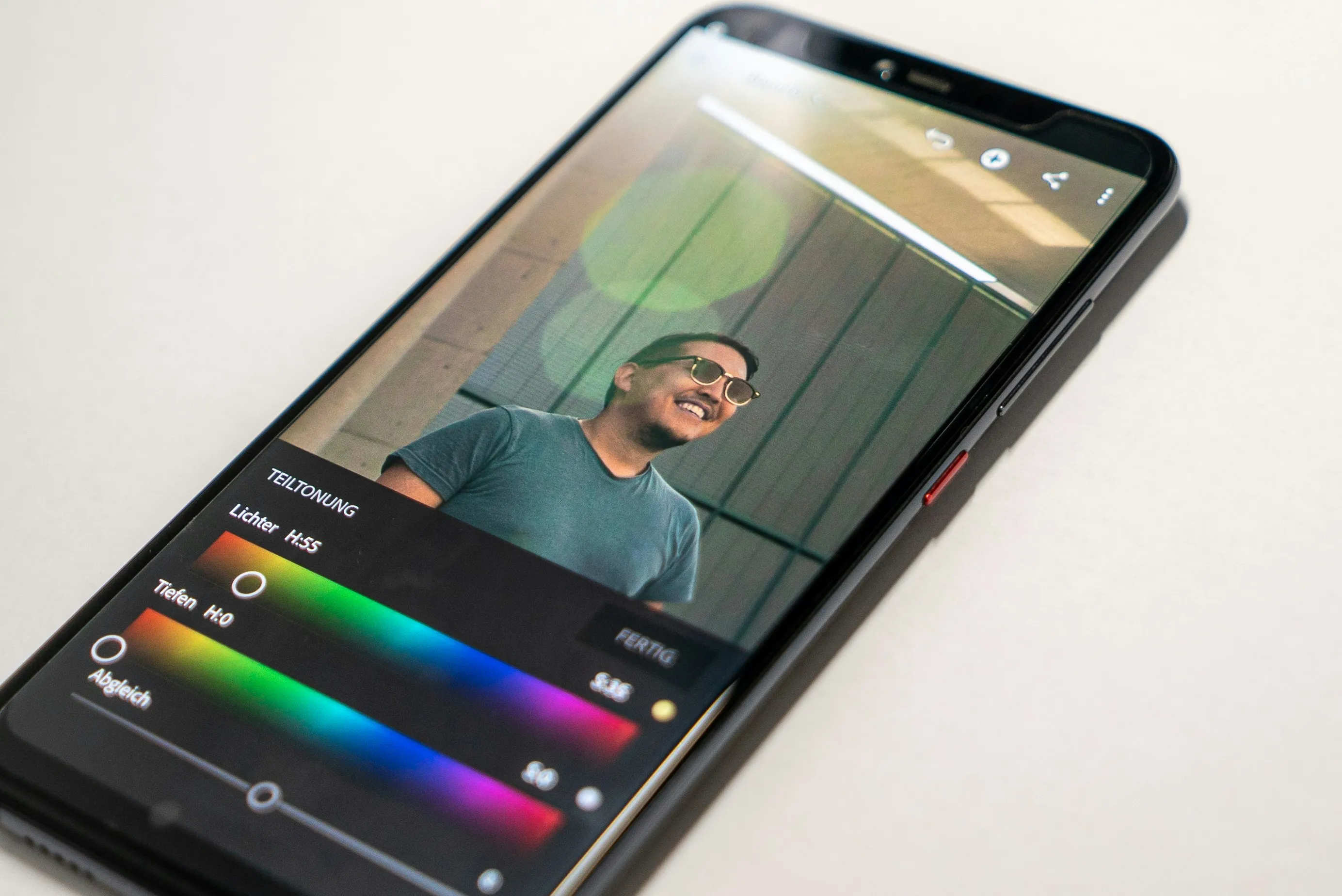
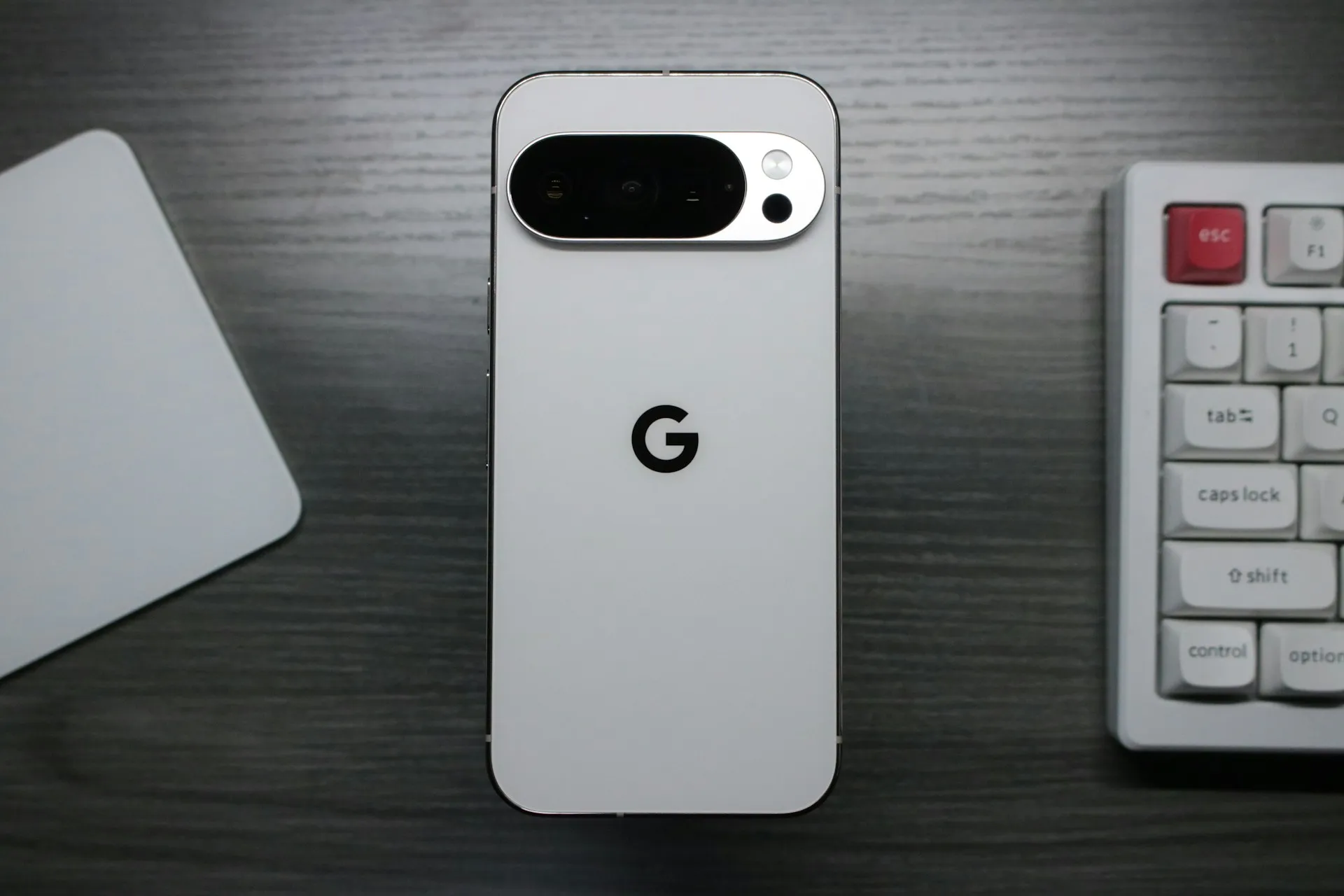
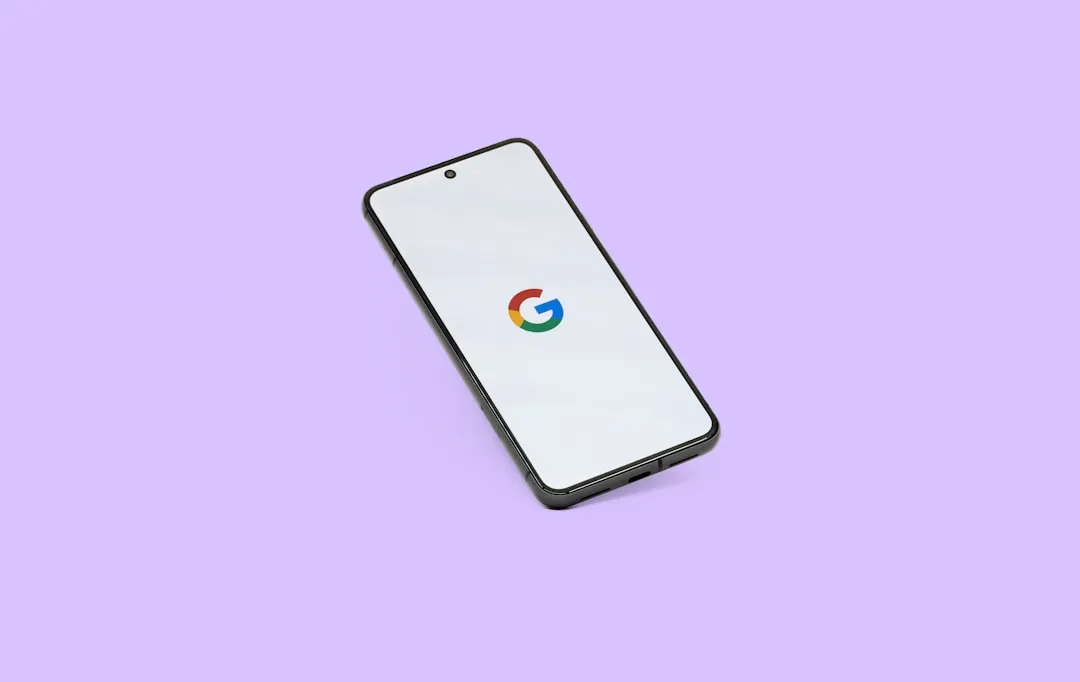
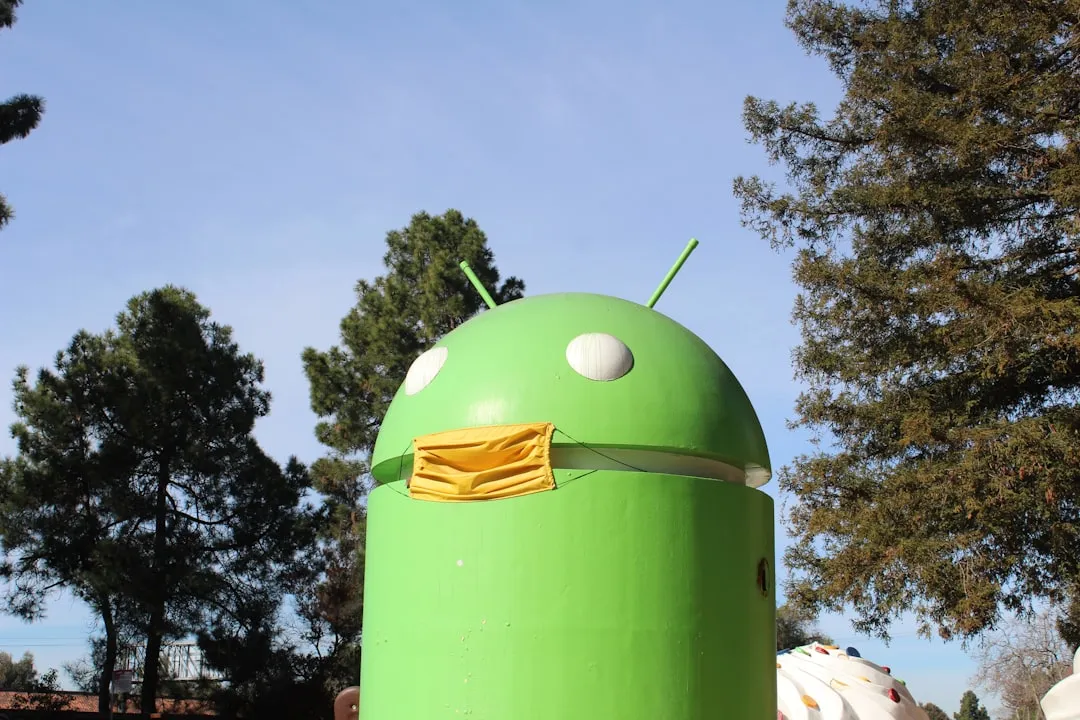
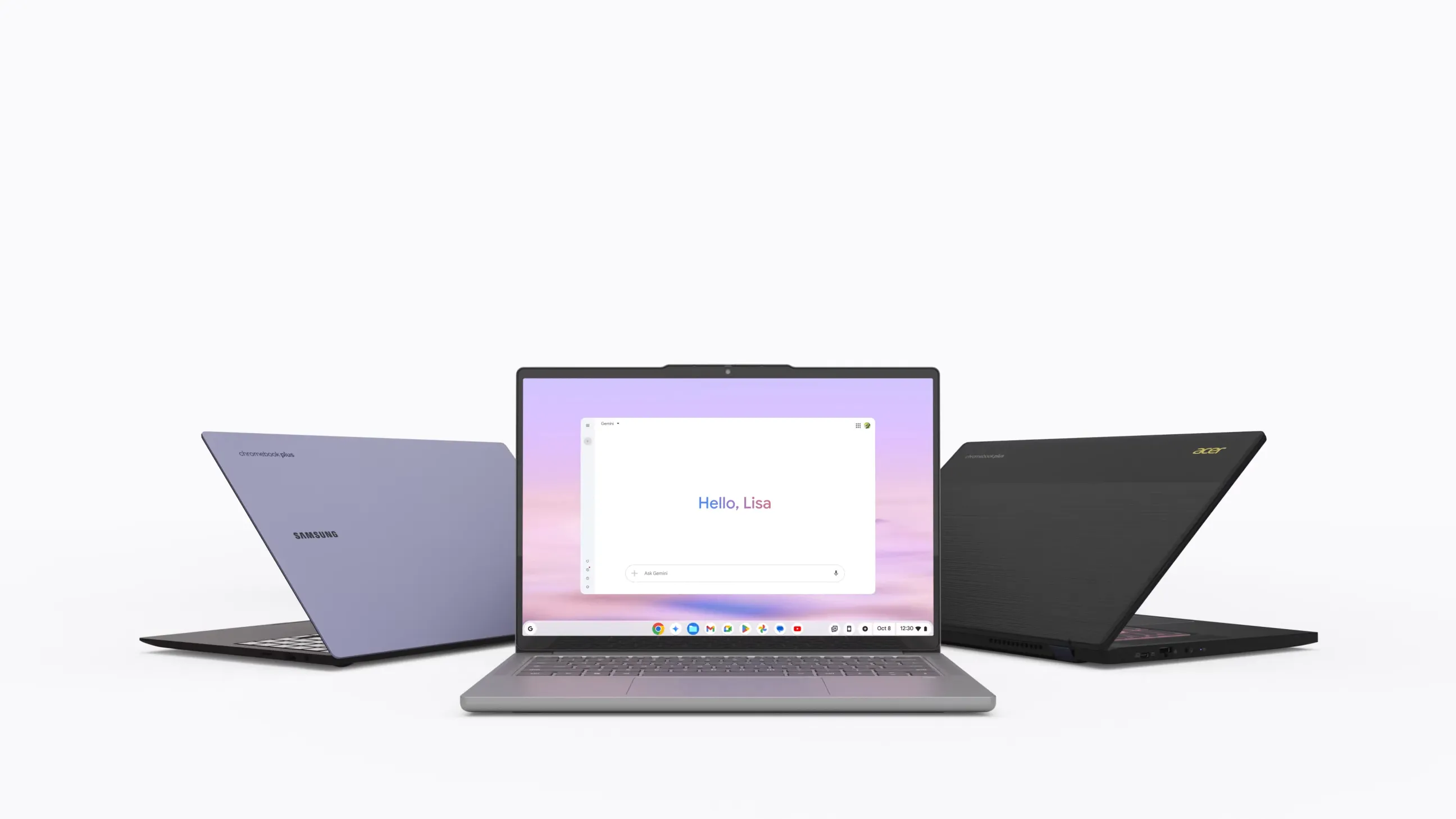

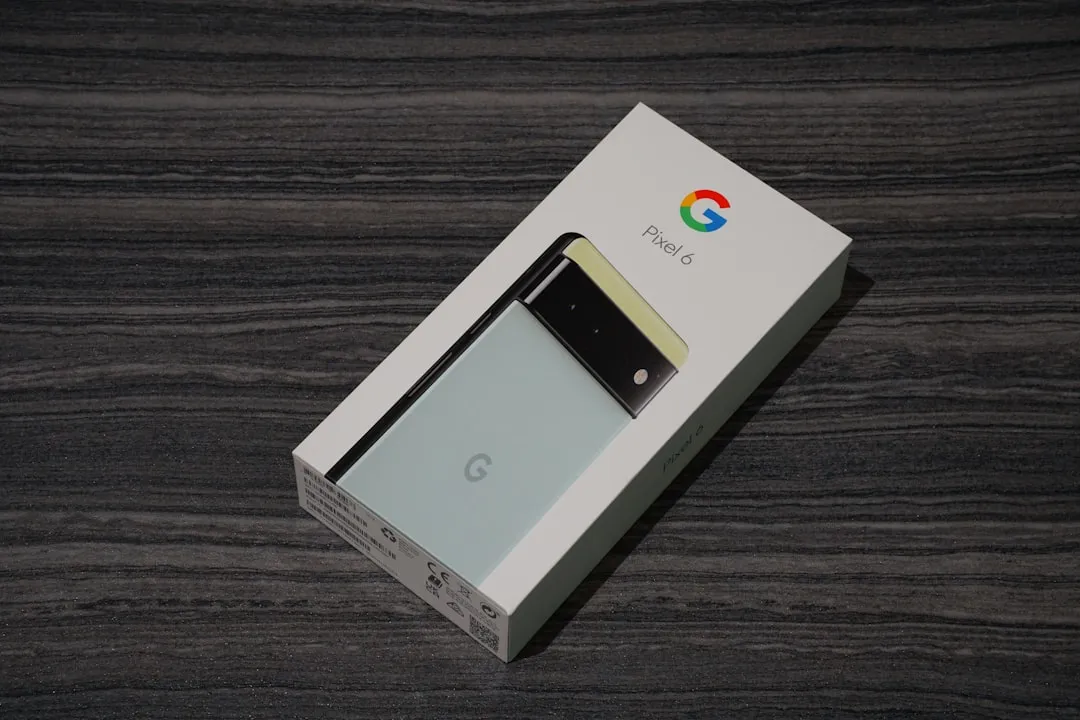
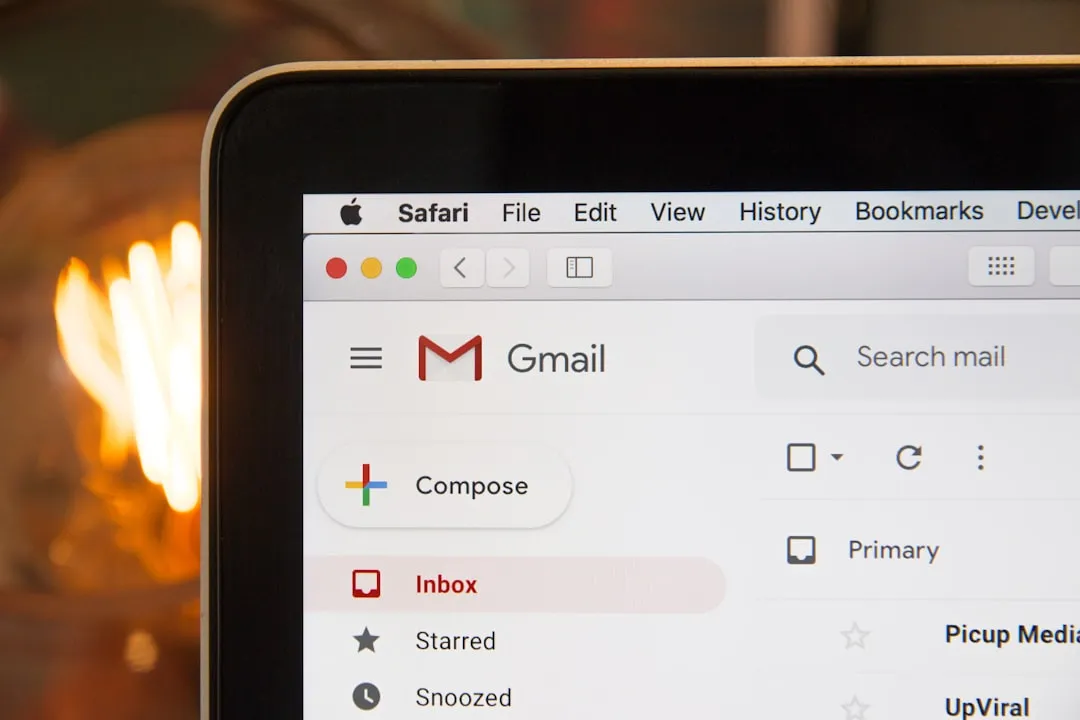
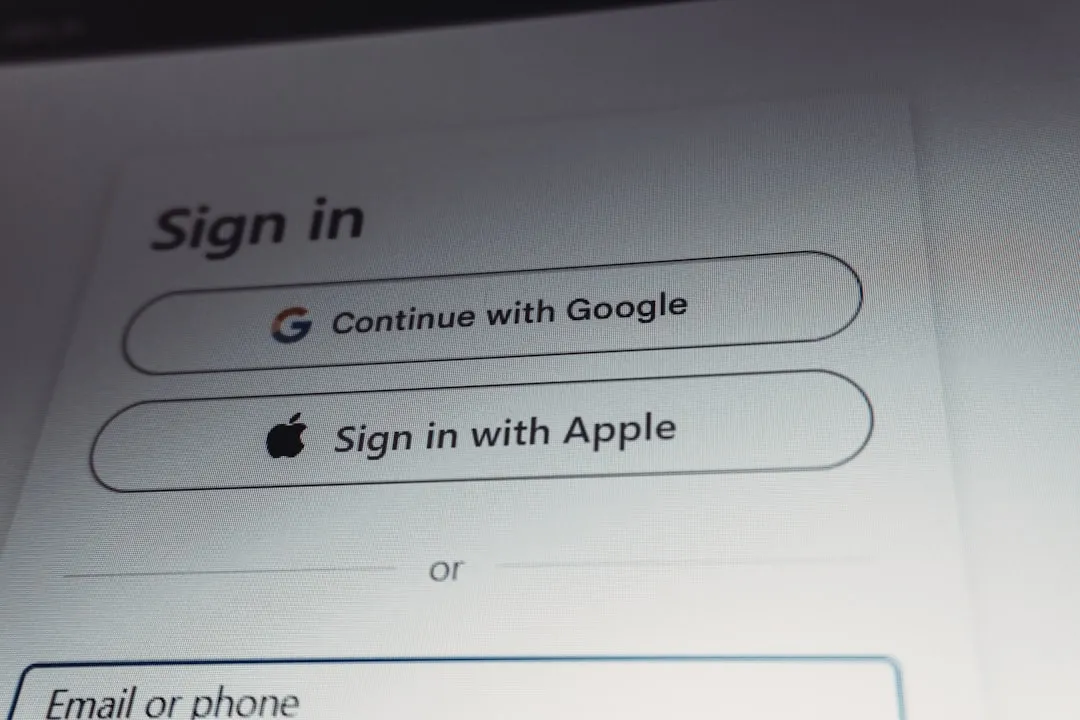
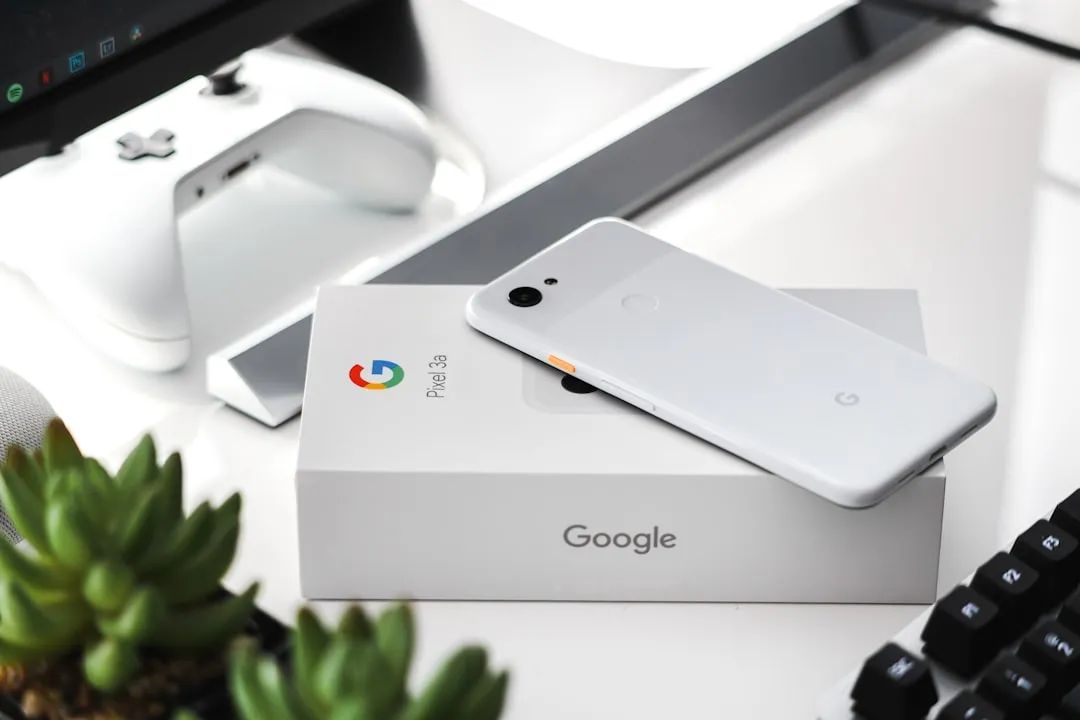

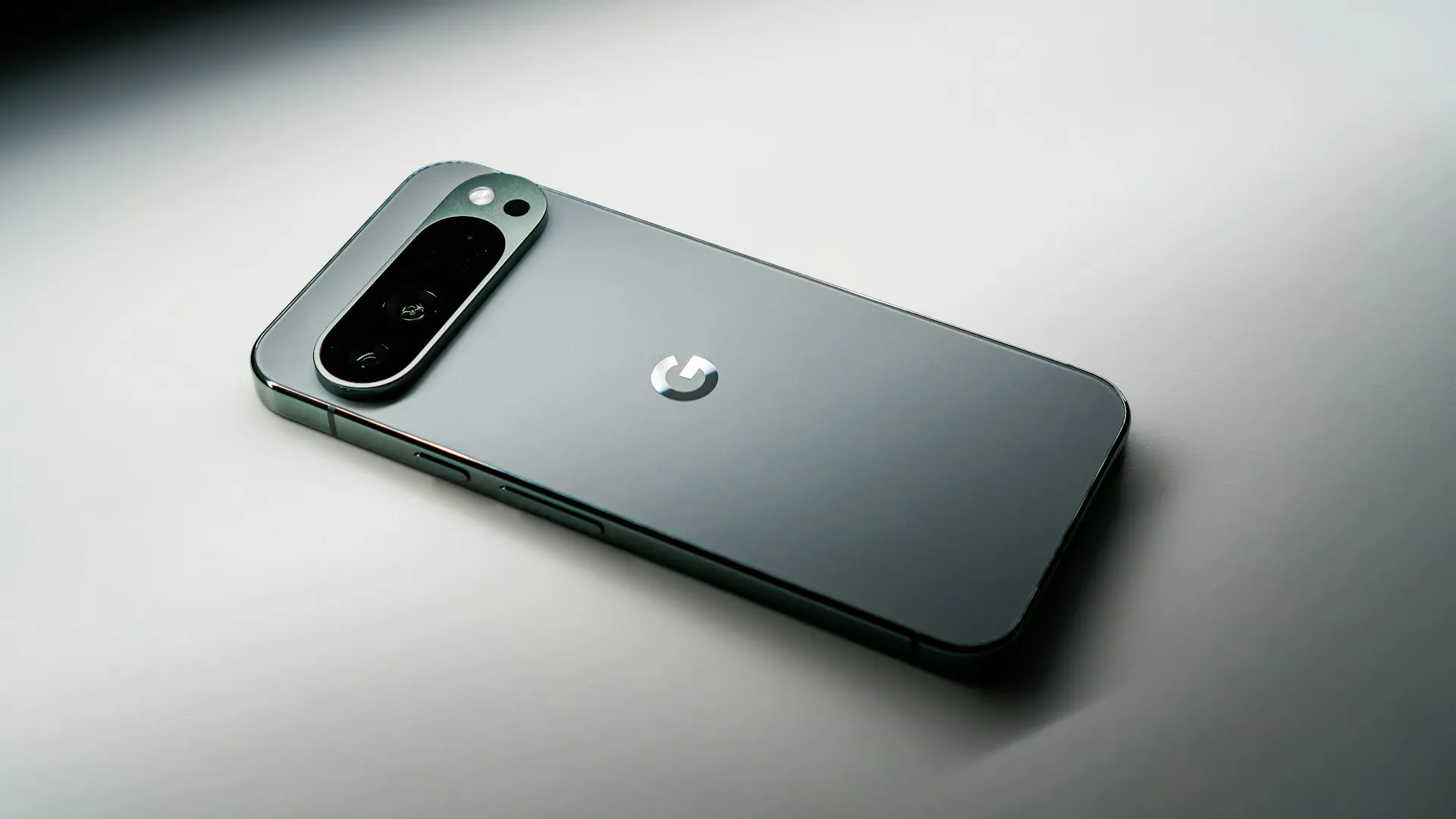
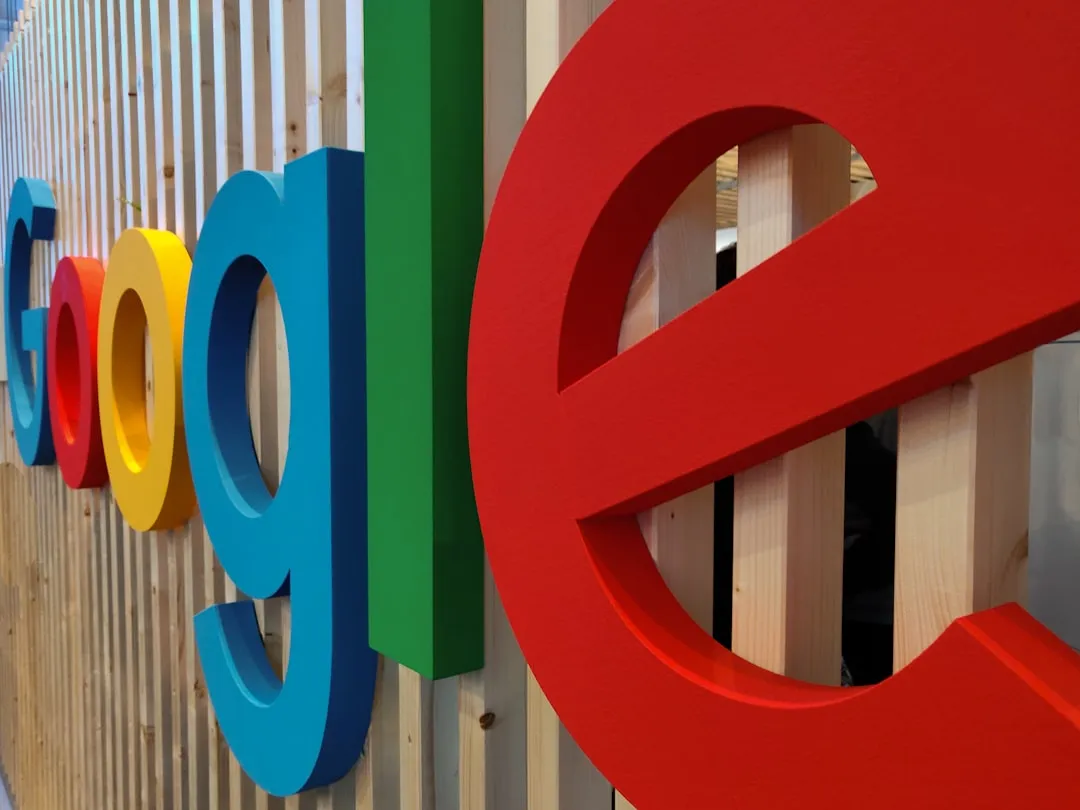

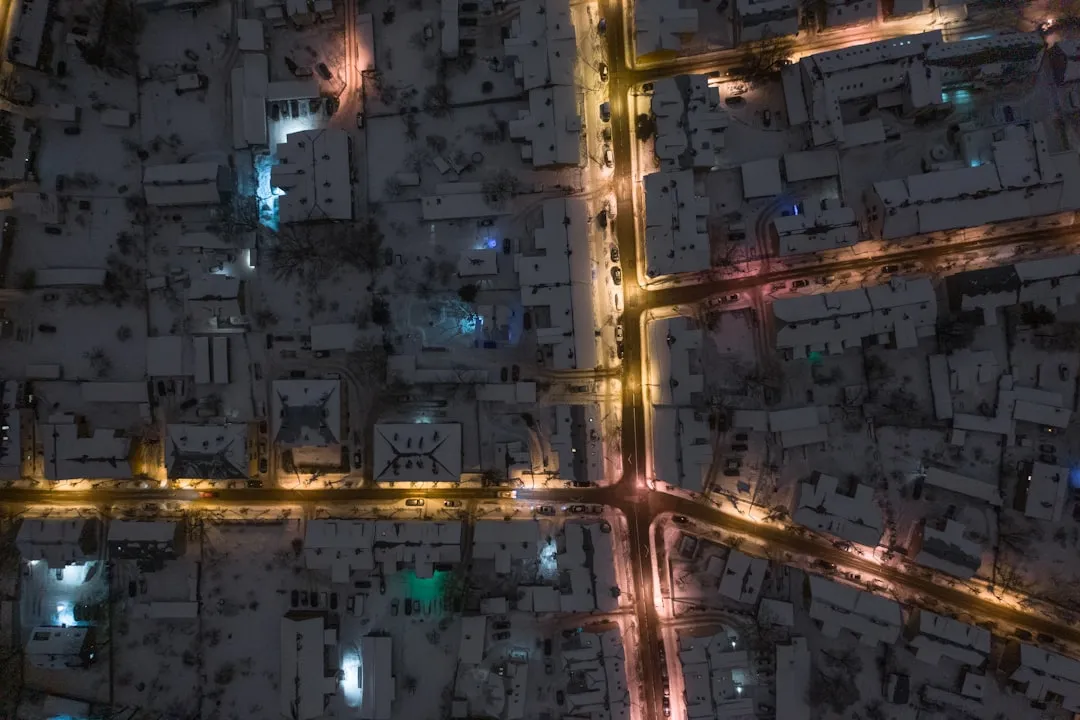
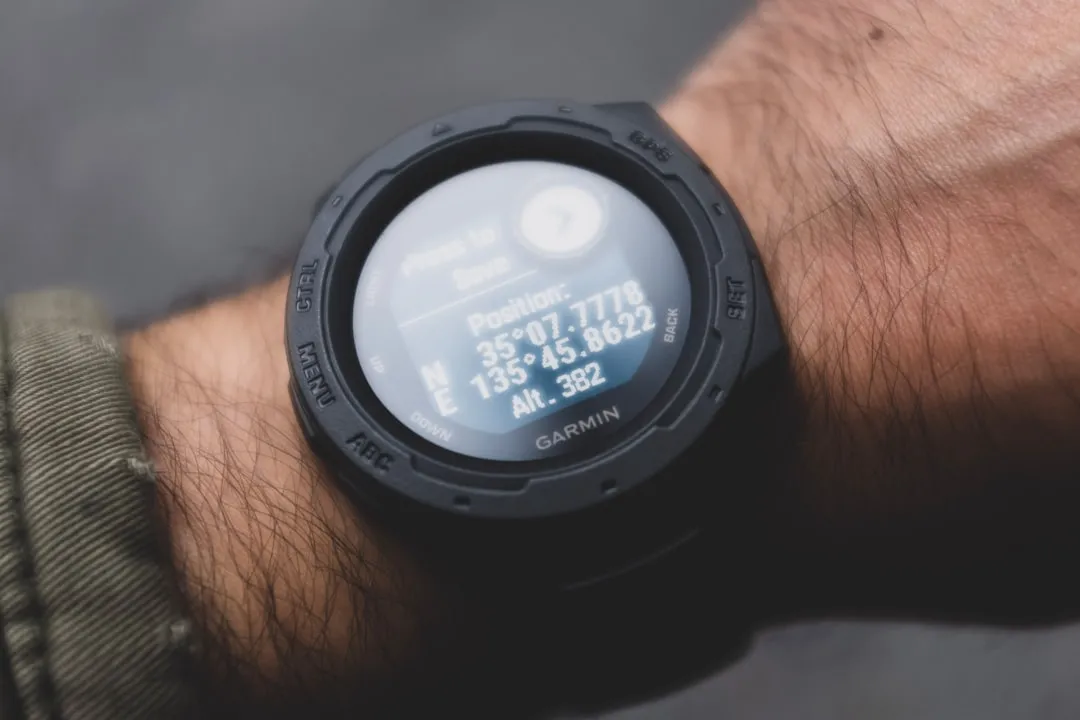
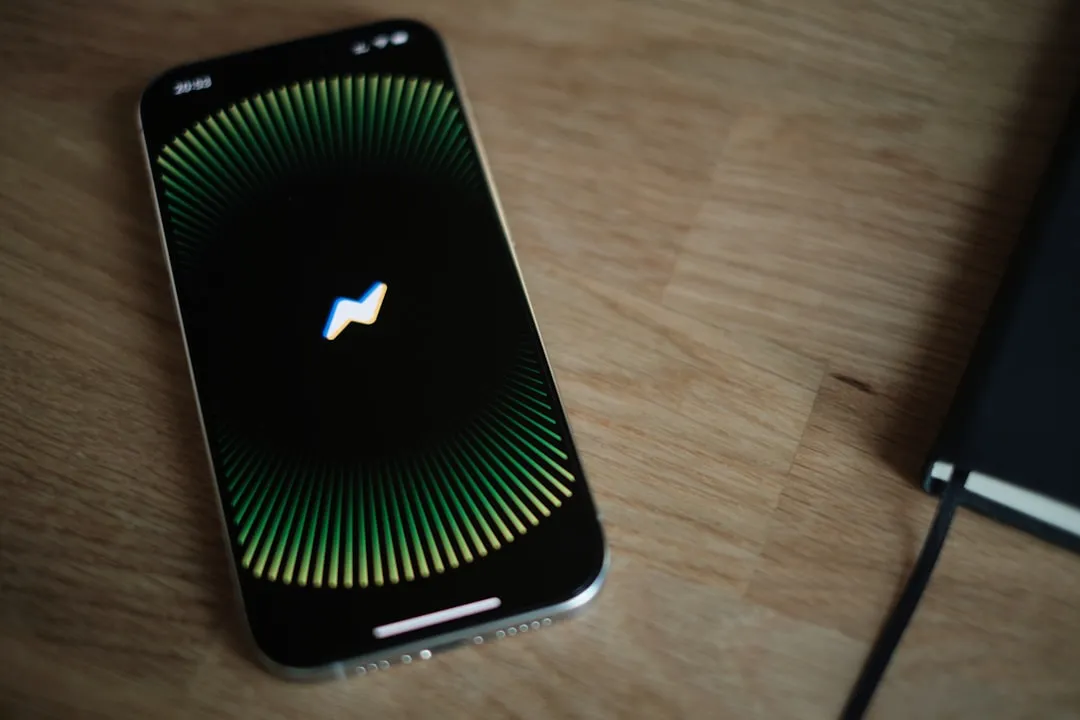

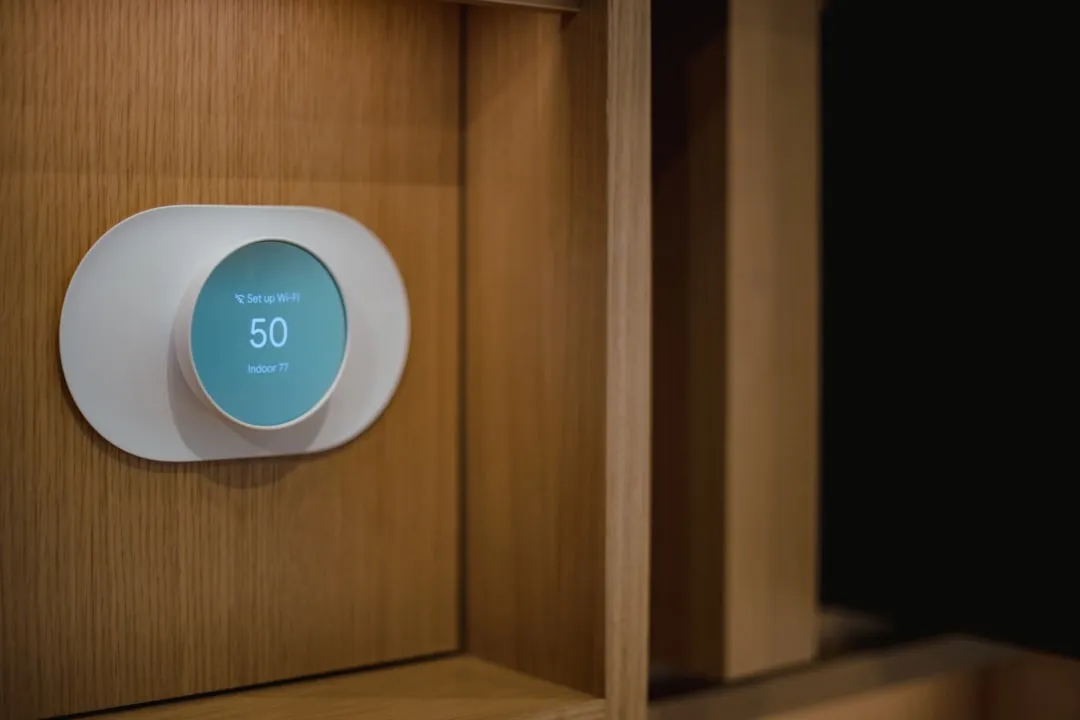

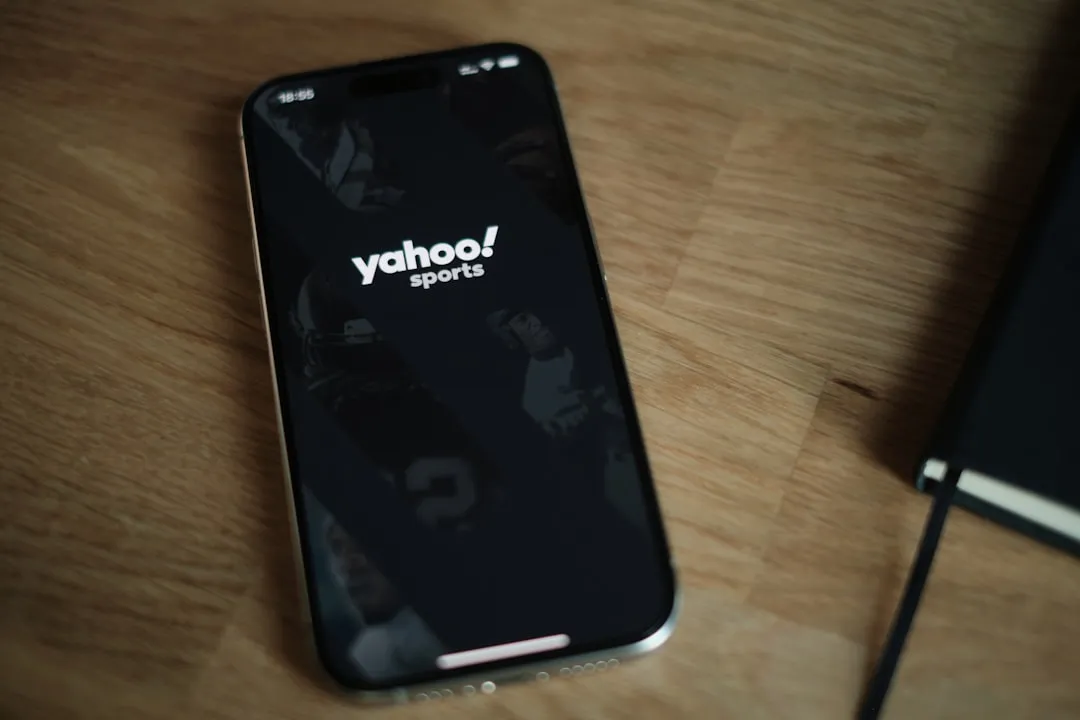
Comments
Be the first, drop a comment!